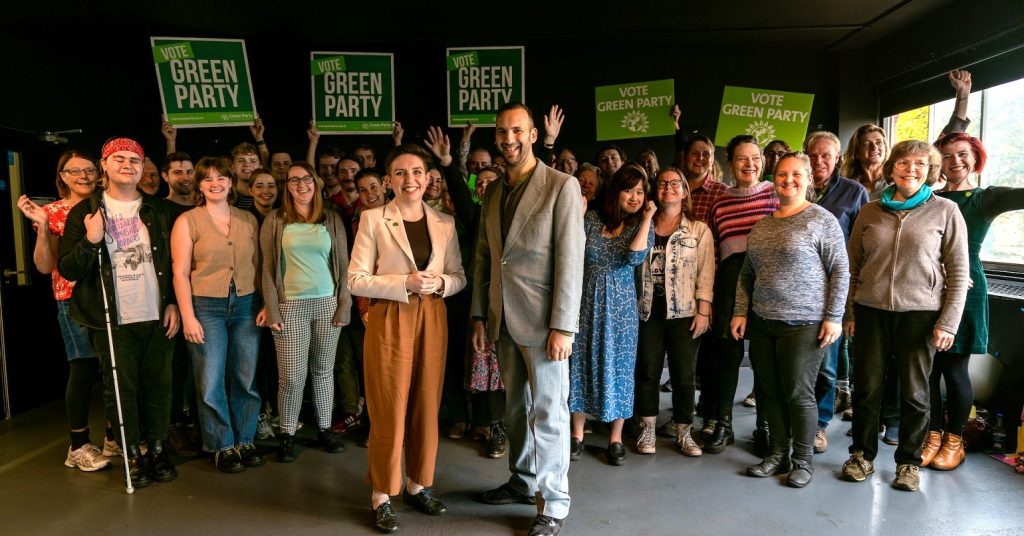The next Green Party leader needs a strategy based in movement building

Movement building should be the Green Party of England and Wales’ most important long-term aim. One of the most important things brought about by Natalie Bennett’s 2012 was her advocacy for what then was known as the “West Midlands Model”, a system developed -you guessed it – in the West Midlands, whereby local party campaigning was coordinated at the regional level.
Prior to this the Green Party looked from the inside like a collection of local parties, some of whom did good election campaigns, and a national party that put on conference and sorted the party political broadcasts. By building up the regional level of organising, activists and funds from local parties without elections or target wards were directed into areas Greens could win, usually based on strong local work and candidates. This formed the basis of the present regional field organising system. What needs to happen now is prospective leaders should be offering up their vision for the next big step in organising and movement building.
Movement building will help with the next most significant challenge, electing more MPs. I’m no electoral mastermind, but there are significant steps to be taken on improving how Greens run general election campaigns. With the European Parliament gone, and no proportional voting system at any level in England outside of London, it is obvious that this has to be where the Green electoral game needs to rise to the challenge. The only other country where Greens have won multiple seats in a first past the post election is Canada, so there may be lessons to learn from there. Similarly, while the Green Party runs a campaign school focused on local election wins, there is nothing for those leading general election or even regional campaigns. But on the most basic level, I want to see an apparatus being built to win MPs the same way that an apparatus was developed to win more councillors.
One of the things that has most frustrated me about the Green Party is how we have consistently failed to recruit and develop talent. That points to the final challenge I would like to see the leadership tackle, namely the dysfunctional to toxic aspects of the Green Party and its culture. Sadly, too often I have seen committed and talented political activists burned-out and driven-out. There is a depressing tendency to go with the known quantity, rather than new talent, a surprising move from a politically radical party.
Internal elections in particular are characterised by an emphasis on who’s been there the longest, rather than a robust and competitive process. It’s almost as if there is a fear of internal political campaigning in a political party! For the few who do make it into a position of responsibility, the lack of support, heavy workload and downright hostility towards them has seen more people than I care to remember go from being on the Green Party executive to becoming an armchair member or resigning altogether. Sadly, this too suits a status quo tendency that wants the Green Party firmly in a certain comfort zone. While it remains there, it will likely be a party of steady progress rather than the radical change it advocates.
This article is the sixth in a series on the forthcoming Green Party of England and Wales leadership election. Bright Green has invited a number of Green Party members and activists to contribute their views on what the next Green Party leader should deliver. The articles in this series can be found here.
PS. Bright Green has big plans for the future, but we need your input. Take 2 minutes to see what we’re planning and tell us your thoughts.
Image credit: John Blower – Creative Commons



Leave a Reply